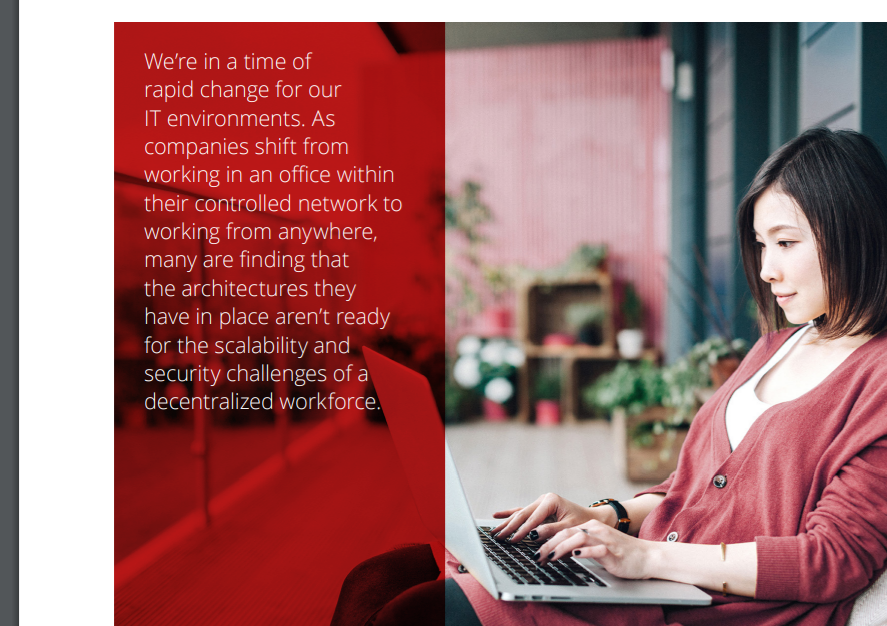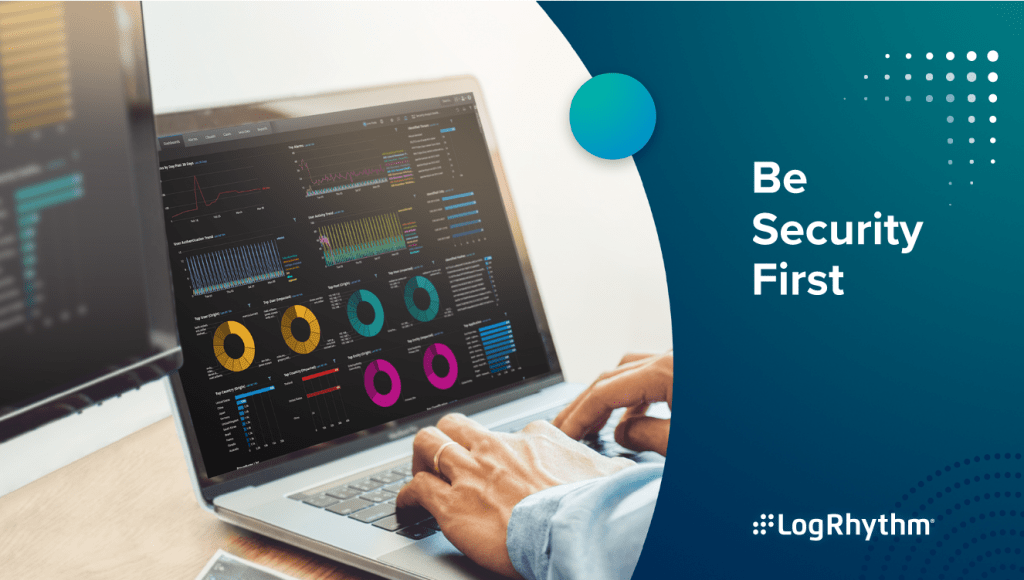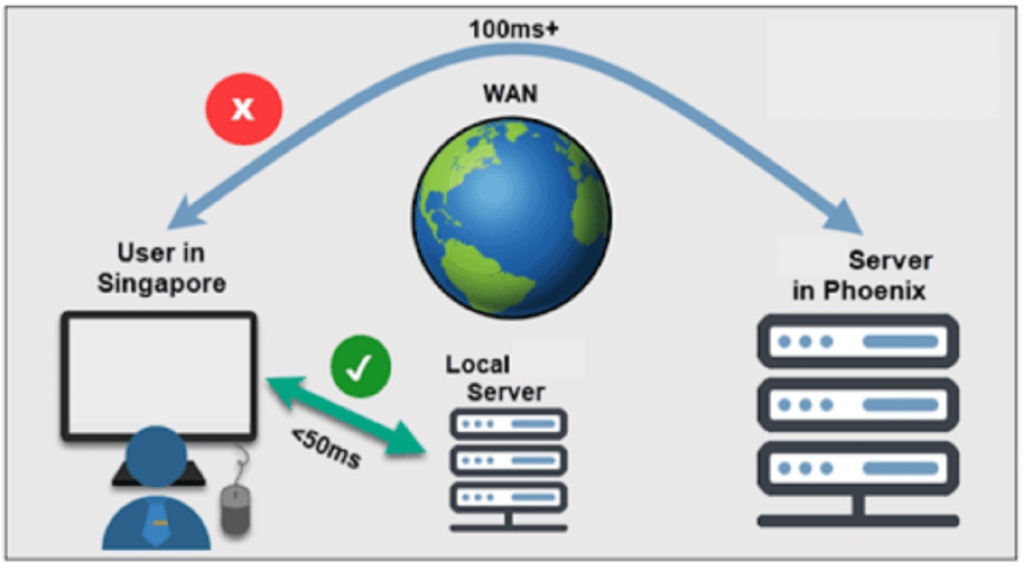There are three prominent scenarios created by this shift that have an impact on security posture:
1. The internet is accessed directly, without a VPN: Most VPN deployments aren’t ready to scale to an entire workforce routing traffic through them. Slowdowns and outages can cause users to turn off their VPN. Some may not be licensed for the entire workforce. In each scenario, devices will access the internet directly without the defense in depth of a managed network.
2. Data going to cloud services no longer routes through the corporate network: There has been a massive increase in the use of cloud-based tools to support meetings and collaboration for decentralized teams. With direct internet accesses, data sent to the cloud falls out of visibility and becomes vulnerable. Sharing within the cloud and to external parties also falls outside of visibility and control.
3. Unprotected devices are being used for work: Some organizations may be asking employees to use their personal laptops for work remotely. Others are issuing new managed laptops that need to ramp up with existing endpoint security.
For many, existing security investments can be slightly augmented or scaled to cover these use cases. Others may need to quickly add capabilities. Let’s discuss how, beginning with a set of requirements. To enable a secure and productive work from anywhere environment, we recommend that:
1. Corporate devices are protected against web-based threats without routing through VPN.
2. Employees can connect to sanctioned cloud services from their corporate devices without using their VPN.
3. Cloud services have device checks, data controls, and are protected against attackers who can access SaaS accounts over the internet.
4. Corporate devices have complete endpoint threat prevention, detection, and response in place.
5. Employees can use their personal devices to access corporate SaaS applications, with conditional access to sensitive data in the cloud.

To fulfill these requirements for securing remote employees, enterprises can deploy the following security capabilities.
Enable Direct-to-Web Browsing and Cloud Access
To regain the defense in depth of on-premises web security, companies can deploy McAfee® MVISION Unified Cloud Edge, which uses a cloud-based secure web gateway to add access control, advanced malware prevention, and data loss prevention to any internet connection from a managed device. This is built for large enterprises, with an average service availability of 99.999%. Managed devices can connect to the cloud based secure web gateway at home and from any other internet connection worldwide. Existing customers of McAfee® Web Gateway can add this cloud service to create a hybrid deployment for their web security.
Protect Data on Endpoints and in Cloud Services
Outside of a corporate network, protecting data requires new control points at the source of data itself. Data Loss Prevention on a managed endpoint will prevent sensitive and regulated data from leaving your visibility to a USB device or external media. For the increase in data going to cloud services from employees collaborating remotely, a cloud access security broker (CASB) provides the most comprehensive security. CASBs enable visibility and control over data entering, moving within, and attempting to leave cloud services, along with threat prevention and control over Shadow IT.
Find out more



